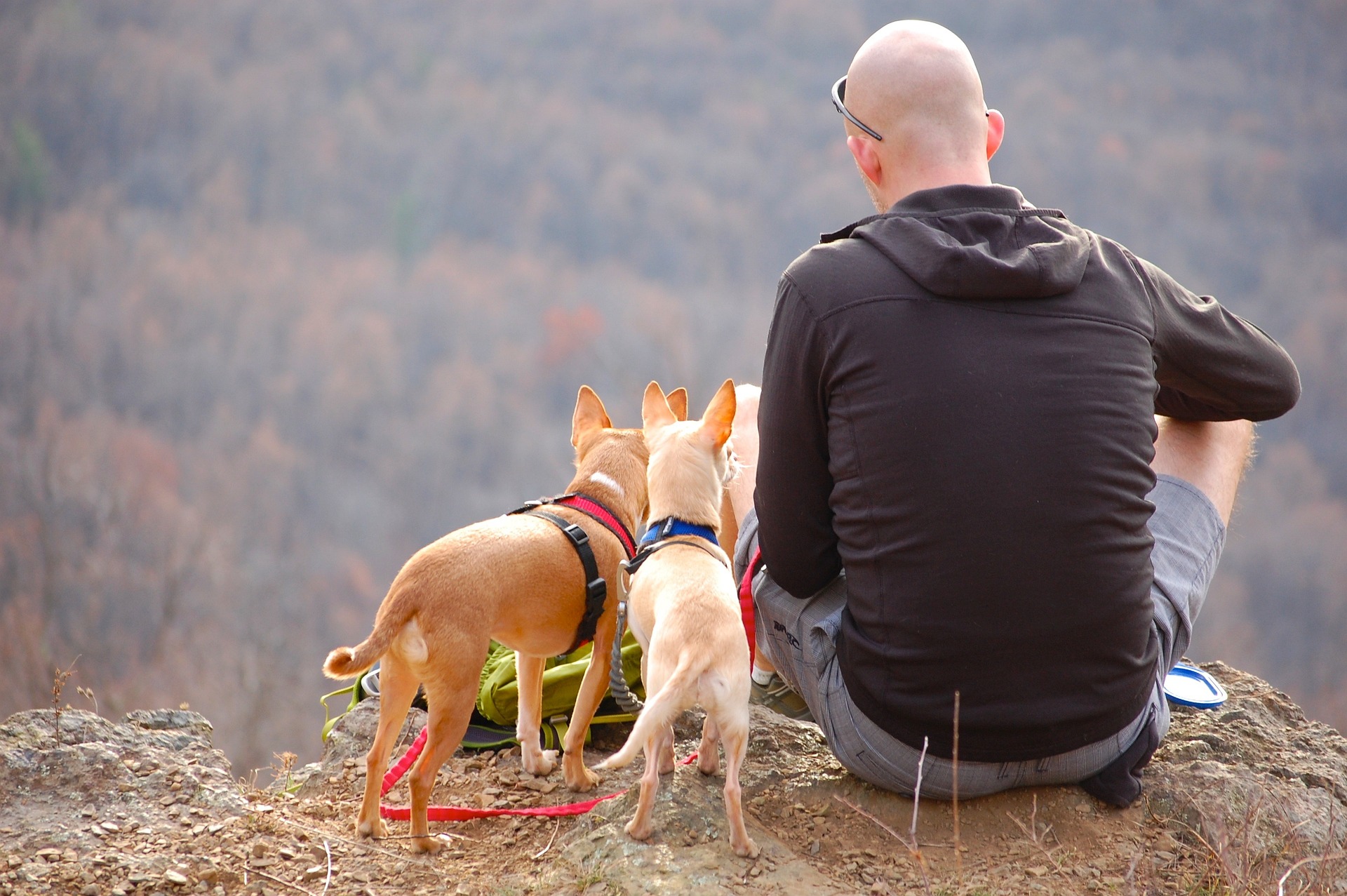I. Introduction
A. Setting the Stage: The Importance of Pet Travel Safety
Traveling with pets can be an enriching experience, but ensuring their safety is paramount. Long-distance trips present unique challenges, necessitating careful planning and preparation to safeguard our furry companions.
B. Addressing Common Concerns: Long-Distance Travel with Pets
From health considerations to transportation logistics, pet owners often grapple with concerns when embarking on extended journeys with their beloved animals. This article aims to alleviate these worries by providing comprehensive tips for ensuring pet travel safety on long-distance trips.
C. Overview of the Article Sections
We’ll delve into the essential aspects of pet travel safety, covering preparation, transportation methods, comfort during the journey, addressing emergencies, and post-travel care and adjustment.
II. Preparing Your Pet for Travel
A. Health Check: Visiting the Veterinarian
Before embarking on a long-distance trip, schedule a visit to the veterinarian. Ensure your pet is up-to-date on vaccinations and obtain any necessary medications. The vet can also assess your pet’s health and provide tailored advice for the journey ahead.
B. ID and Documentation: Ensuring Identification and Necessary Paperwork
Make sure your pet wears a collar with identification tags containing current contact information. Additionally, carry essential documents such as health certificates, vaccination records, and any required permits for the destinations you’ll be visiting.
C. Packing Essentials: Creating a Travel Kit for Your Pet
Assemble a travel kit comprising food, water, bowls, medications, bedding, toys, and waste disposal supplies. Familiar items from home can provide comfort and stability during the journey, reducing stress for your pet.
III. Choosing the Right Transportation Method
A. Assessing Options: Air Travel, Car Travel, or Alternative Modes
Evaluate the pros and cons of different transportation modes based on your pet’s needs and the distance of your journey. While air travel may be suitable for long distances, some pets may fare better in the familiarity of a car or alternative modes like trains or RVs.
B. Safety Considerations: Evaluating Crate and Restraint Systems
If traveling by car, secure your pet using a harness, seat belt, or crate to prevent injury in case of sudden stops or accidents. Ensure the crate or carrier is well-ventilated, spacious enough for your pet to stand and turn around, and securely fastened in the vehicle.
C. Factors to Consider: Pet-Friendly Accommodations and Routes
Plan your itinerary with pet-friendly accommodations in mind, ensuring they meet your pet’s needs and preferences. Research pet-friendly hotels, parks, and rest areas along your route, and factor in rest stops for bathroom breaks and exercise.
IV. Ensuring Comfort and Safety During the Journey
A. Familiarizing Your Pet with Travel Equipment
Introduce your pet to their travel crate or carrier gradually, allowing them to acclimate to the space before the journey. Encourage positive associations by rewarding calm behavior with treats and praise.
B. Regular Breaks and Exercise: Managing Pet Comfort and Well-being
Schedule frequent breaks during the journey to allow your pet to stretch their legs, relieve themselves, and rehydrate. Incorporate short walks and play sessions to alleviate boredom and reduce anxiety.
C. Monitoring Pet Behavior: Signs of Stress and Discomfort
Stay attuned to your pet’s body language and behavior throughout the journey. Signs of stress or discomfort, such as panting, pacing, or whining, may indicate the need for a break or reassurance from you.

II. Preparing Your Pet for Travel
A. Health Check: Visiting the Veterinarian
A thorough veterinary examination is essential before embarking on a long-distance journey with your pet. The veterinarian will assess your pet’s overall health and ensure they are fit for travel. Additionally, they can provide preventive measures against common travel-related ailments such as motion sickness or anxiety. Be sure to inquire about any specific health concerns based on your destination, such as tick-borne diseases or altitude sickness.
B. ID and Documentation: Ensuring Identification and Necessary Paperwork
Proper identification is crucial in case your pet gets lost during the journey. Ensure your pet’s collar includes up-to-date identification tags with your contact information. Consider microchipping your pet as an added layer of security. Moreover, obtain the necessary travel documents, including health certificates and vaccination records, to comply with regulations at your destination. Some countries or states may require specific vaccinations or quarantine periods, so research these requirements well in advance.
C. Packing Essentials: Creating a Travel Kit for Your Pet
A well-equipped travel kit ensures your pet’s comfort and safety throughout the journey. Include an ample supply of your pet’s regular food and treats to avoid gastrointestinal upset. Pack collapsible bowls for food and water, as well as a spill-proof water dispenser for hydration on the go. Don’t forget medications, flea and tick prevention products, and grooming supplies. Familiar items such as their favorite blanket or toy can provide reassurance in unfamiliar environments. Lastly, bring along a first-aid kit tailored to your pet’s needs, including bandages, antiseptic wipes, and any prescription medications.
III. Choosing the Right Transportation Method
A. Assessing Options: Air Travel, Car Travel, or Alternative Modes
When deciding on the most suitable transportation method for your pet, consider factors such as distance, pet size, and temperament. Air travel may be the fastest option for long distances but requires careful planning to ensure your pet’s safety and comfort. Some pets may find car travel less stressful, especially if they have a history of anxiety or motion sickness during flights. Alternatively, trains or RVs offer a more relaxed travel experience, allowing for frequent stops and ample space for your pet to move around.
B. Safety Considerations: Evaluating Crate and Restraint Systems
Regardless of the mode of transportation, prioritizing your pet’s safety is paramount. If traveling by car, secure your pet using a well-fitted harness, seat belt, or travel crate. Ensure the crate or carrier is large enough for your pet to stand, turn around, and lie down comfortably. Place familiar bedding and toys inside to make the space inviting. For air travel, invest in an airline-approved pet carrier that meets size and ventilation requirements. Label the carrier with your pet’s name, your contact information, and any special handling instructions.
C. Factors to Consider: Pet-Friendly Accommodations and Routes
Research pet-friendly accommodations along your route and book accommodations in advance to avoid last-minute stress. Look for hotels or rental properties that welcome pets and offer amenities such as pet beds, bowls, and designated exercise areas. When planning your route, choose highways with pet-friendly rest areas or parks where your pet can stretch their legs and relieve themselves. Be mindful of weather conditions and temperature fluctuations, especially if traveling during extreme heat or cold.
conclusion,
prioritizing pet travel safety on long-distance trips is essential for ensuring a smooth and enjoyable experience for both you and your furry friend. By following these tips and guidelines, you can mitigate risks, address emergencies effectively, and create lasting memories of your adventures together. Safe travels!


